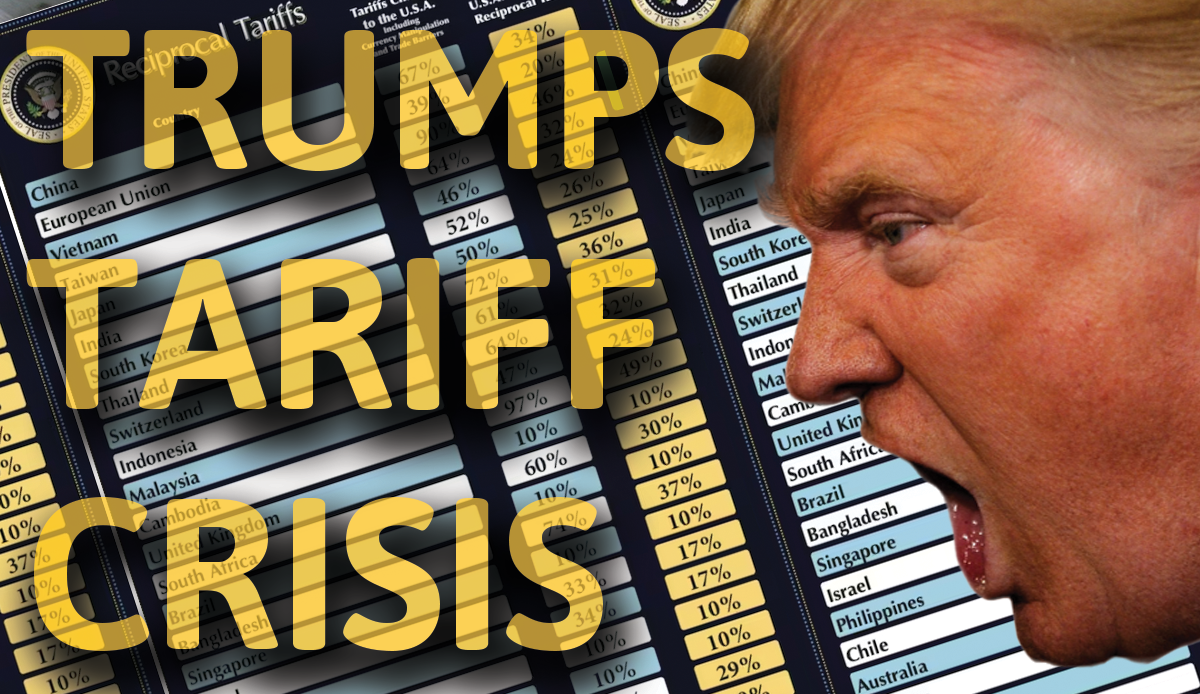Shoemakers Academy Frontline Footwear Sourcing Report
I recently spent three weeks in China, engaging with clients and factories who are grappling with the challenges of serving customers in the current, unpredictable tariff environment. The situation in footwear sourcing is exceptionally challenging, with many industry professionals drawing comparisons to the disruption caused by the COVID-19 crisis.
Both large and small footwear brands are struggling, and factories, material subcontractors, and logistics providers are caught in the middle. While major brands like Nike and Adidas have the flexibility to adjust, delaying or redirecting orders to markets outside the U.S., these issues are not an existential threat to their businesses. However, the same cannot be said for smaller brands, who face severe difficulties. These brands are often unable to shift production or diversify beyond the U.S. market. The situation is dire, and I am witnessing many businesses face potential collapse. The damage is widespread and devastating.
One of my long-standing clients, a vocal Trump supporter, has invested years of hard work and hundreds of thousands of dollars into his business. Unfortunately, he is now seeing his investment evaporate with little hope for recovery. His warehouse is left with a broken size run, his tooling is in storage, and he has no viable way to sell the business. He is too small to secure a production position in Vietnam and has virtually no international orders, leaving him completely stuck. It is incredibly difficult for me to watch this unfold.
On the other hand, a client with a more diversified production strategy is navigating these challenges more effectively, although they are still facing 20% price increases and extended lead times from producers outside of China. A close associate is reporting lead times of up to nine months for production in Vietnam at present.
For my clients outside the U.S., the situation is mixed. One has found new production space in China, with factories willing to accommodate smaller projects, while another has abandoned plans to expand into the U.S. and is now dealing with disruptions in their logistics chain, despite no fault of their own.
The Shoe Dog can help you

Hey folks, it’s Wade Motawi. I’m here to help with your footwear sourcing problems. If you’re in a difficult situation and you need some help or you just want talk to somebody about strategies.
Go ahead and book a free call and let’s see if I can help you.
What Can Be Done?
Diversified Footwear Sourcing
Traditionally, diversified sourcing meant working with multiple factories to drive competition on quality, price, and delivery times. Today, diversified sourcing often entails spreading production across multiple countries. While this strategy provides some flexibility, it also introduces significant challenges, including higher costs, extended lead times, and the need for additional product development efforts. Reproducing the same product across different factories and countries is a complex task, especially when raw materials and assembly processes vary significantly.
Deeper Footwear Inventory
For certain footwear categories, maintaining deeper inventory may be a feasible strategy. For example, evergreen styles in industries with slow product evolution—such as service or industrial footwear—could be managed with larger stock levels. However, for more dynamic categories like performance athletic shoes, casual footwear, or fast fashion, this approach is not practical. Few companies can afford to hold a six-month supply of any product.
Footwear Product Line SKU Reductions
While offering fewer choices is not ideal for customer satisfaction, it can streamline sourcing and make production more manageable. If you are dual-sourcing your entire product line, the complexity may double, and it could be worth considering SKU reductions to simplify your offering and reduce operational strain.
Re-merchandising Footwear Product Lines
During the European currency conversion crisis in the early 2000s, I learned a valuable lesson. While purchasing power remained constant, the value of what customers could buy shifted. We refocused our product lines on mid-range items, as customers still had purchasing power but were unable to afford premium products. As a product manager, it is not easy to offer less to your customers, but strategic adjustments may be necessary in this climate.
Engage with Your Footwear Sourcing Partners
Our partner factories are working tirelessly to meet the challenges posed by the current environment. Over the past few weeks, I have witnessed creative and collaborative solutions emerging as factories and brands adapt. Stay engaged with your network—sometimes, solutions appear in the most unexpected places. Don’t hesitate to reach out to your partners, as new opportunities may arise from these conversations.
Conclusion
If you are facing challenges with footwear sourcing and need assistance navigating this evolving landscape, the Shoemakers Academy is here to help. We understand the complexities of the current market and are committed to supporting our clients in finding viable solutions. Please feel free to reach out if you need guidance or support.

